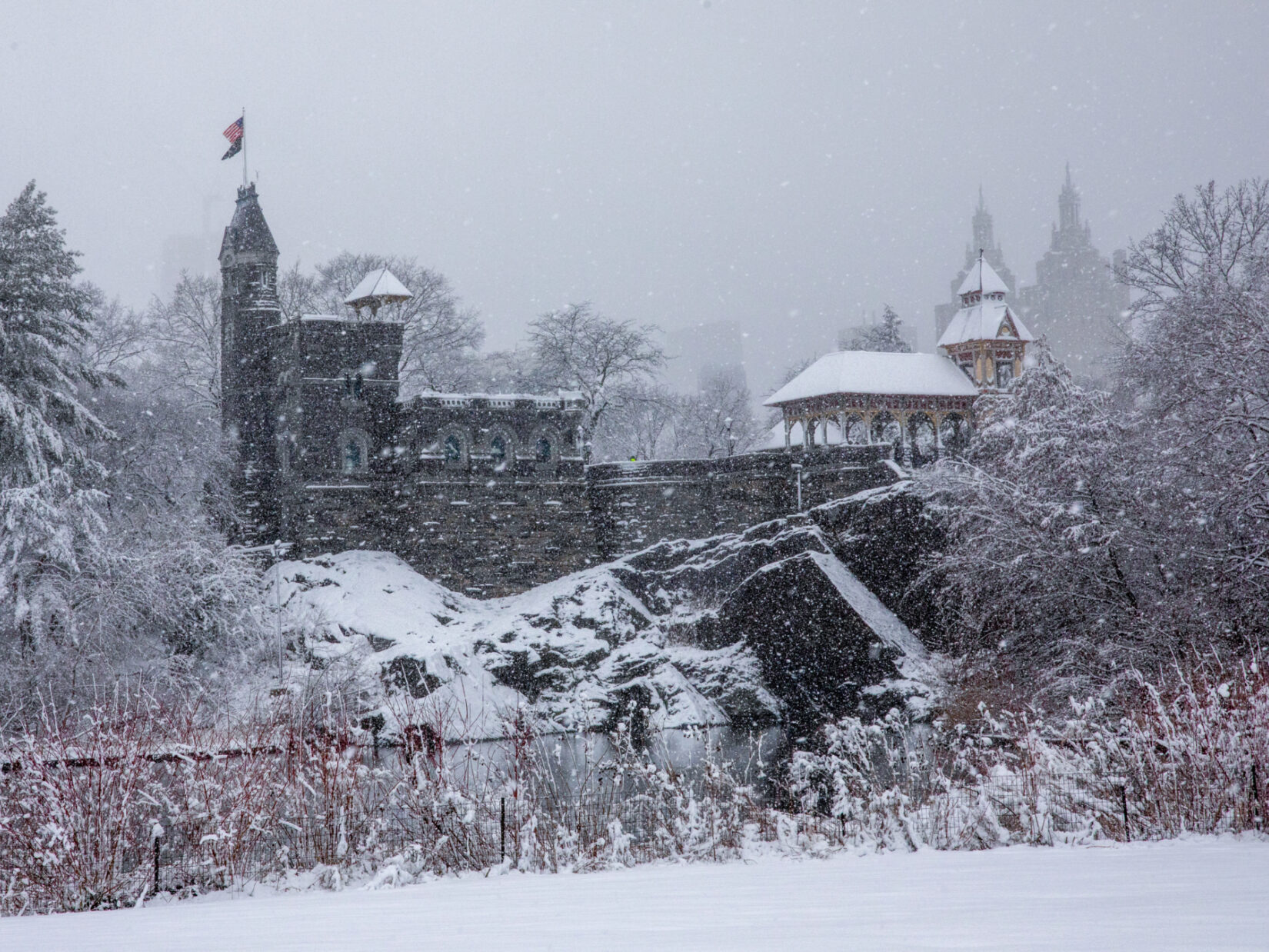Seneca Village Landscape

To a modern-day visitor, the site of Seneca Village resembles much of the surrounding Park, with rolling hills, rock outcrops, and playgrounds.
But what many don’t realize is that this area near the Park’s West 85th Street entrance has an exceptional history. During the first half of the 19th century it was home to Seneca Village—a community of predominantly African-Americans, many of whom owned property.
The village existed between 1825 and 1857. In 1855 there were approximately 225 residents, a population that consisted of roughly two-thirds African-Americans, one-third Irish immigrants, and a small number of Germans. There were over 50 homes in Seneca Village, plus three churches and a school. For African-American property owners, Seneca Village provided residential stability and an investment in the future. Another incentive to owning property at the time was that it gave African-Americans the right to vote.
When the City decided to build Central Park, it used eminent domain to acquire the land. Residents were compensated for their property and had to leave by 1857. After they dispersed, all traces of the settlement were lost to history. Since the 1990s, scholars and archeologists have been working to bring the history of Seneca Village to light. In 2011, a group called the Institute for the Exploration of Seneca Village History collaborated with the Central Park Conservancy to conduct an excavation at the site. They uncovered stone foundation walls and thousands of artifacts from residents that offer valuable clues to better understanding this extraordinary community.
Seneca Village: The Williams Family Legacy
The Central Park Conservancy explores the history of Seneca Village by speaking to historians and Ariel Williams, a descendant of Seneca Village resident Andrew Williams.
In 2019, the Conservancy installed a temporary outdoor exhibit of signs that share decades of research about Seneca Village, and allows visitors to learn about community members in the place where they actually lived. Conservancy-led Seneca Village Tours also explore the community’s history and lives of its residents, and reveals what recent archaeological discoveries show about this remarkable community and its place in 19th-century New York.

Additional Resources on Seneca Village
In recent years, the Conservancy has undertaken a major effort to conduct new research on Seneca Village. Visit our new page to explore a curated list of articles, tours, videos, and updates about this community.
Things you can do here
Also in the area
Read more

Park History
How to Engage with the History of Seneca Village
The current movement for racial justice—which includes elevating Black history, culture, and stories—has sparked a renewed interest in Seneca Village, a community of predominantly African-Americans that existed before the creation of Central Park.
Tags: Tips for Visiting / About the Conservancy






















